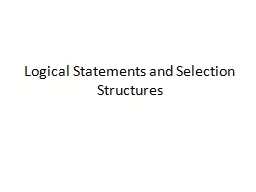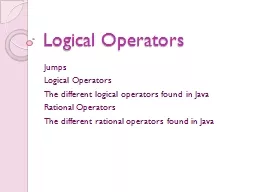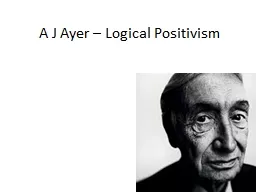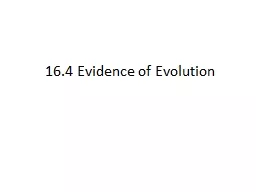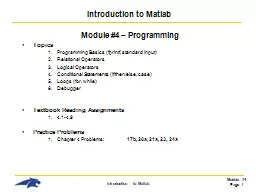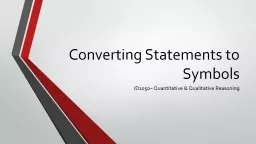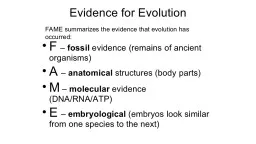PPT-Logical Statements and Selection Structures
Author : karlyn-bohler | Published Date : 2019-11-27
Logical Statements and Selection Structures Car Loan Problem You have saved some amount to use as a down payment on a car Before beginning your car shopping you
Presentation Embed Code
Download Presentation
Download Presentation The PPT/PDF document "Logical Statements and Selection Structu..." is the property of its rightful owner. Permission is granted to download and print the materials on this website for personal, non-commercial use only, and to display it on your personal computer provided you do not modify the materials and that you retain all copyright notices contained in the materials. By downloading content from our website, you accept the terms of this agreement.
Logical Statements and Selection Structures: Transcript
Download Rules Of Document
"Logical Statements and Selection Structures"The content belongs to its owner. You may download and print it for personal use, without modification, and keep all copyright notices. By downloading, you agree to these terms.
Related Documents

